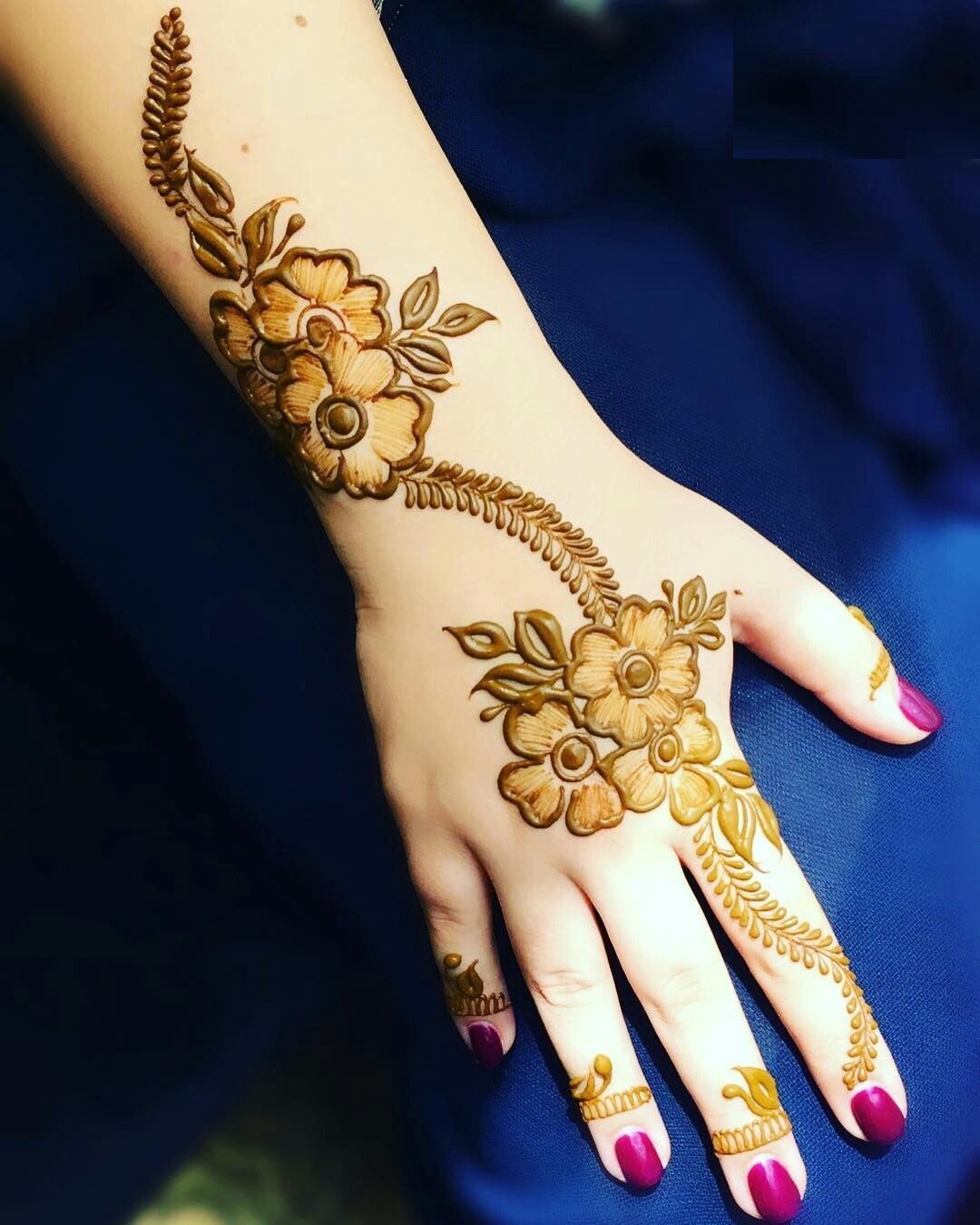Mehedi design has carved a unique niche in the world of body art, blending cultural significance with exquisite creativity. This traditional form of henna application is celebrated in various cultures, especially in South Asia, where it holds a special place in festivities, weddings, and special occasions. The intricate patterns and designs created with henna are not only visually stunning but also carry deep symbolism and meaning, making them an essential part of many cultural practices.
The art of mehedi design has evolved over the years, incorporating modern techniques while staying true to its roots. This fusion of tradition and innovation has allowed artists to experiment with various styles, creating unique and captivating designs that resonate with people of all ages. As more individuals seek to express their personalities and cultural heritage through body art, the demand for skilled mehedi artists continues to rise.
In this article, we will explore the world of mehedi design, uncovering its history, significance, and the creative process behind it. We'll also answer some frequently asked questions about this beautiful art form, providing insights into its cultural relevance and modern adaptations. Whether you're considering getting a mehedi design for yourself or simply want to learn more about this fascinating art, you're in the right place!
What is Mehedi Design?
Mehedi design refers to the intricate patterns created using henna paste, which is derived from the leaves of the Lawsonia inermis plant. This natural dye has been used for centuries to adorn the skin, particularly during special occasions like weddings, festivals, and religious ceremonies. The designs can range from simple motifs to elaborate patterns that cover large areas of the body, making them a versatile form of body art.
What is the History of Mehedi Design?
The history of mehedi design dates back thousands of years, with evidence of its use in ancient Egypt, India, and the Middle East. Traditionally, henna was applied to the hands and feet of brides as a symbol of good luck, fertility, and joy. Over time, the practice spread to various cultures, each adding its unique touch to the designs and application methods.
How is Mehedi Design Applied?
The application of mehedi design involves several steps:
- Preparing the henna paste using fresh henna leaves or pre-made cones.
- Choosing a design that reflects personal style and cultural significance.
- Applying the henna paste to the skin in intricate patterns.
- Allowing the henna to dry and set for several hours to achieve a rich, dark stain.
- Removing the dried henna to reveal the beautiful design.
Who are the Notable Mehedi Design Artists?
Several talented artists have made a name for themselves in the world of mehedi design, each with their unique style and approach. These artists often participate in competitions, exhibitions, and workshops, showcasing their skills and promoting the art form. Some notable names in the field include:
- Aastha Sharma - Known for her contemporary and fusion designs.
- Razia Khan - Celebrated for her traditional Indian designs.
- Fatima Ahmed - Renowned for her intricate Arabic patterns.
What are the Different Styles of Mehedi Design?
Mehedi design encompasses a variety of styles, each with its distinct characteristics:
- Traditional Indian Mehedi: Features intricate patterns with floral motifs, paisleys, and geometric shapes.
- Arabic Mehedi: Known for its bold designs, often featuring large floral patterns and less intricate detailing.
- Pakistani Mehedi: Combines elements of both Indian and Arabic styles, resulting in elaborate and detailed designs.
- Modern/Fusion Mehedi: Incorporates contemporary themes, graphics, and even mixed media into traditional henna designs.
What is the Significance of Mehedi Design in Different Cultures?
In many cultures, mehedi design holds deep cultural and spiritual significance. For instance:
- In Indian culture, mehedi is an integral part of wedding rituals, symbolizing love and happiness.
- In Middle Eastern cultures, henna is used during celebrations and festivals, representing joy and prosperity.
- In African cultures, mehedi patterns may convey social status or community identity.
What are the Health Benefits of Henna?
Aside from its aesthetic appeal, henna has several health benefits:
- Natural cooling agent, helping to reduce body temperature.
- May promote healthy hair growth when used as a hair treatment.
- Anti-fungal and anti-bacterial properties, making it beneficial for skin health.
How to Care for Your Mehedi Design?
To ensure your mehedi design lasts as long as possible, follow these care tips:
- Avoid water contact for the first 24 hours after application.
- Keep the design moisturized with natural oils (like coconut or olive oil).
- Avoid harsh soaps or scrubs that may fade the design.
Conclusion: Embracing the Beauty of Mehedi Design
Mehedi design is not just an art form; it is a celebration of culture, tradition, and creativity. With its rich history and evolving styles, it continues to enchant people around the world. Whether you're getting a mehedi design for a special occasion or simply exploring this beautiful art, you are participating in a time-honored tradition that transcends generations. Embrace the beauty of mehedi design and let it adorn your life with its elegance and charm.
Unveiling The Charisma Of Ben Carmine: A Journey Through His Life
Embracing The Aesthetic: The Midwest Emo Sweater
Discovering The Enigmatic Abbey Romeo: A Journey Through Her Life And Career


